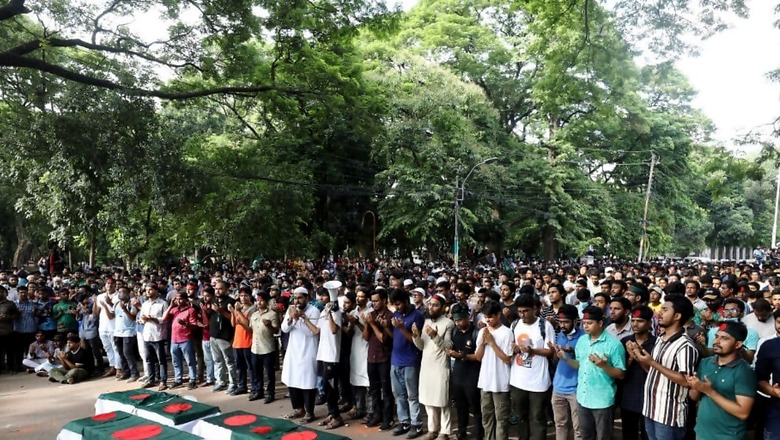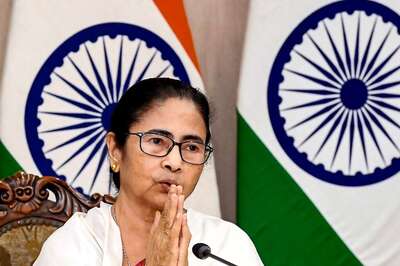
views
Dhaka University, a prominent institution with a rich history, has played a significant role in the recent political upheaval in Bangladesh. The university, with a history spanning 103 years, has been a focal point of various movements, including the recent agitation against reservation policies, which contributed to Prime Minister Sheikh Hasina’s departure from the country.
Historical Context
Established in 1921, Dhaka University’s establishment began with efforts dating back to 1912, when Bangladesh was part of East Bengal and the larger entity of United India. It emerged from the efforts of local leaders including Nawab Salimullah, Nawab Syed Nawab Ali Chaudhary, and Sher-e-Bangal AK Fazlul Haq who advocated for a university in the region during a meeting with Viceroy Lord Harding in Dhaka on January 31, 1912. The proposal for the university was formally approved following a series of administrative steps. A notice was issued on February 2, confirming the recommendation for a university in Dhaka. Subsequently, on April 4, the British Indian Government requested the Bengal Government to submit a detailed outline of the proposed institution. By May 27, the Bengal Government had provided comprehensive details about the university. To finalise the planning, a 13-member committee, known as the Nathan Committee, chaired by Sir Robert Nathaniel, was appointed to oversee the project.
Ties with India
Dhaka University’s foundation stone was laid in 1921 when Bengal was still a part of India. The British government’s decision to approve the university was influenced by its aim to address the needs of the Muslim-majority population in East Bengal. The university’s foundation was officially sanctioned by Lord Curzon, reflecting the intricate relationship between the university’s creation and British colonial policies in India.
Current Structure and Facilities
Today, Dhaka University is a major academic institution with a robust infrastructure. It comprises approximately 13 faculties and 83 departments. The university also features 13 institutes, 20 residential halls, and over 56 research centres. Each year, thousands of students enroll, supported by a faculty of more than 2,000 educators. The university’s extensive facilities include hostels and other amenities to accommodate its large student body.
Student Activism
Dhaka University has a long history of political activism and student movements. The current crisis traces back to the university’s tradition of mobilising students for various causes. Recently, a significant movement emerged from Dhaka University opposing government job reservations. The movement, initially peaceful, escalated into violence, contributing to the political instability that led to Sheikh Hasina’s resignation. The movement against reservation policies saw prominent involvement from Dhaka University students, including notable figures such as Nahid Islam.
Dhaka University’s history reflects its deep-rooted connection with both the local and regional political landscapes, highlighting its role as a catalyst for significant social and political change.




















Comments
0 comment